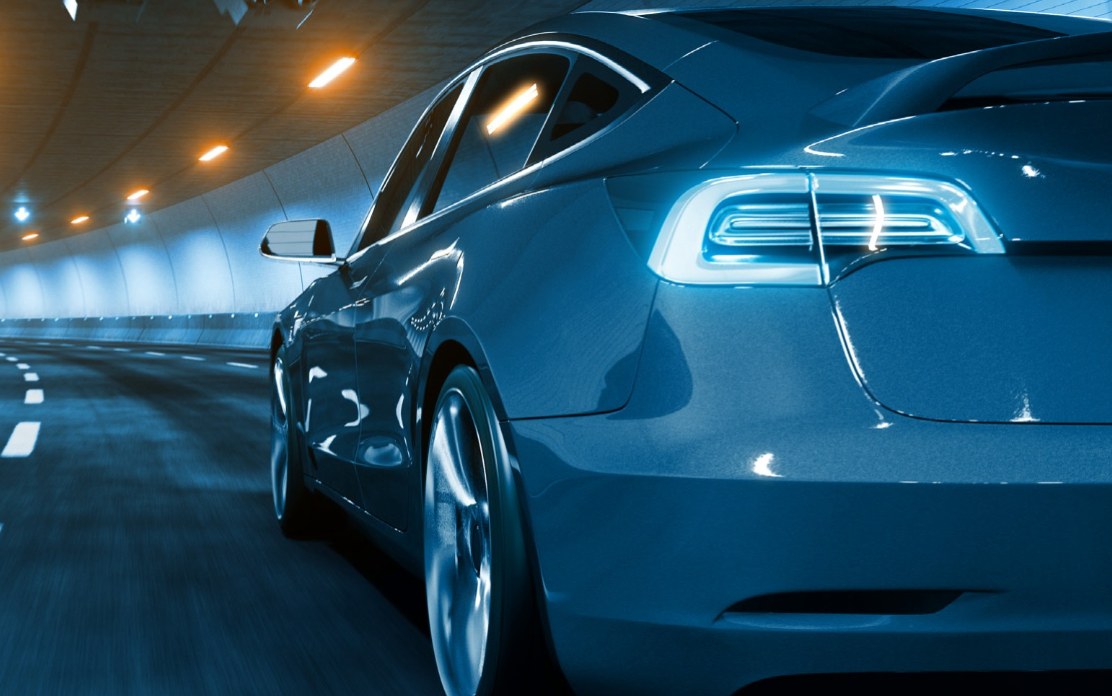Multicore is here to stay – maximize MCU performance with Capital Embedded AR

Discover how Siemens’ AUTOSAR solution Capital Embedded AR Classic is uniquely designed to handle the complexities and challenges associated with multicore architectures.
Over the past several years, automotive system designers have been packing modern vehicles with more and more ECUs – a practice that has reached its limit. Forward-thinking OEMs are consolidating multiple ECUs onto single onboard supercomputers that provide multicore processing.
Multicore processing offers several advantages that contribute to the overall performance, functionality and safety of vehicles. For starters it enables parallel processing, where multiple tasks are executed simultaneously, accelerating the overall processing speed of automotive systems. With multicore processing, automotive systems can handle complex algorithms, real-time data processing and advanced functionalities more efficiently. This leads to improved performance and responsiveness in critical areas such as advanced driver assistance systems (ADAS), infotainment, navigation and autonomous driving (AD).
Multicore processors can be used to implement redundancy and fault-tolerant architectures, as well. By assigning critical functions to separate cores, even if one core fails or encounters an error, the other cores can continue to operate, maintaining system functionality and ensuring safety. Workload distribution across different cores enables more efficient utilization of computing resources, which is beneficial for applications that require a combination of real-time processing, sensor data fusion, multimedia handling and communication tasks.
There are other advantages, including scalability and the flexibility to add new features and software updates without changing the underlying hardware architecture. Additionally, a multicore architecture can help to optimize power consumption and reduce energy requirements, which is crucial for electric and hybrid vehicles aiming for longer battery life.
AUTOSAR Classic and Multicore Processing
Since its introduction, AUTOSAR Classic Platform has provided a standardized approach for designing, developing, and integrating software components in vehicles – it was initially designed for single-core microcontroller-based automotive systems. In an effort to support multicore architectures and meet the performance requirements of modern vehicles, AUTOSAR introduced multicore support in the Classic Platform starting from AUTOSAR 4.2.
AUTOSAR’s multicore support allows for the distribution of applications, defined as software components (SWCs) and their functions across multiple cores to ensure efficient utilization of computational and on chip peripheral resources. By defining standardized APIs between software components running on different cores, AUTOSAR facilitates inter-core communication and synchronization, enabling seamless interaction and coordination between SWCs distributed across multiple cores.
AUTOSAR’s modular and layered architecture allows the system to scale and adapt to different multicore configurations, enabling engineers to integration new SWCs or add support for further computational cores, and configure scheduling policies based on specific system requirements. It does all of this while taking into account functional safety and cybersecurity considerations. By this the system isolates and protects software components running on different cores to prevent interference and maintain system integrity.
So, how can engineering teams apply AUTOSAR’s multicore capabilities into a modern automotive system? With the proper tooling.
Siemens Capital Embedded AR Classic
Siemens’ AUTOSAR solution Capital Embedded AR Classic (formerly Capital VSTAR) is uniquely designed to handle the complexities and challenges associated with multicore architectures. It provides advanced features and capabilities to effectively manage and optimize software running on multicore MCUs (microcontroller units) including:
- Easy and fast integration, supporting software factory and CI/CD type development, with rapid iterations in a connected flow, or just saving time with laborious tasks, and correct errors with in-built Design Rule Checks (DRCs).
- Verification and validation including tools for test case generation, execution and analysis for comprehensive coverage of the AUTOSAR middleware, enabling teams to validate software behavior, detect potential errors and ensure compliance with AUTOSAR standards.
- AUTOSAR R20-11 support including enhancements from later AUTOSAR standards, enabling multi-OS ECU’s compatible with POSIX-based OS, future proofing for platform developments
- Service Oriented communication with advanced editors, and traditional signal based communications covering all common network types from LIN and CAN/CAN-FD to FlexRay and Ethernet.
- Functional Safety assurance up to and including ISO 26262 ASIL D allows scalability for demanding high integrity projects.
- Cybersecurity supporting UNECE WP.29 and ISO/SAE 21434 CAL 2 with a range of security components and integrations.
- Support for a wide range of microcontrollers and microprocessors, working with all the major chip vendors to accelerating readiness to start development on microcontrollers both in production and in development.
In our whitepaper, “Software-defined vehicles: How to fully utilize MCU multicore processing capacity,” we take an in-depth look at application partitioning in multicore architectures and why Capital Embedded AR Classic is an ideal embedded software platform for deploying applications on Multicore MCU. You can download it here.
Learn more about Capital Embedded solutions.


